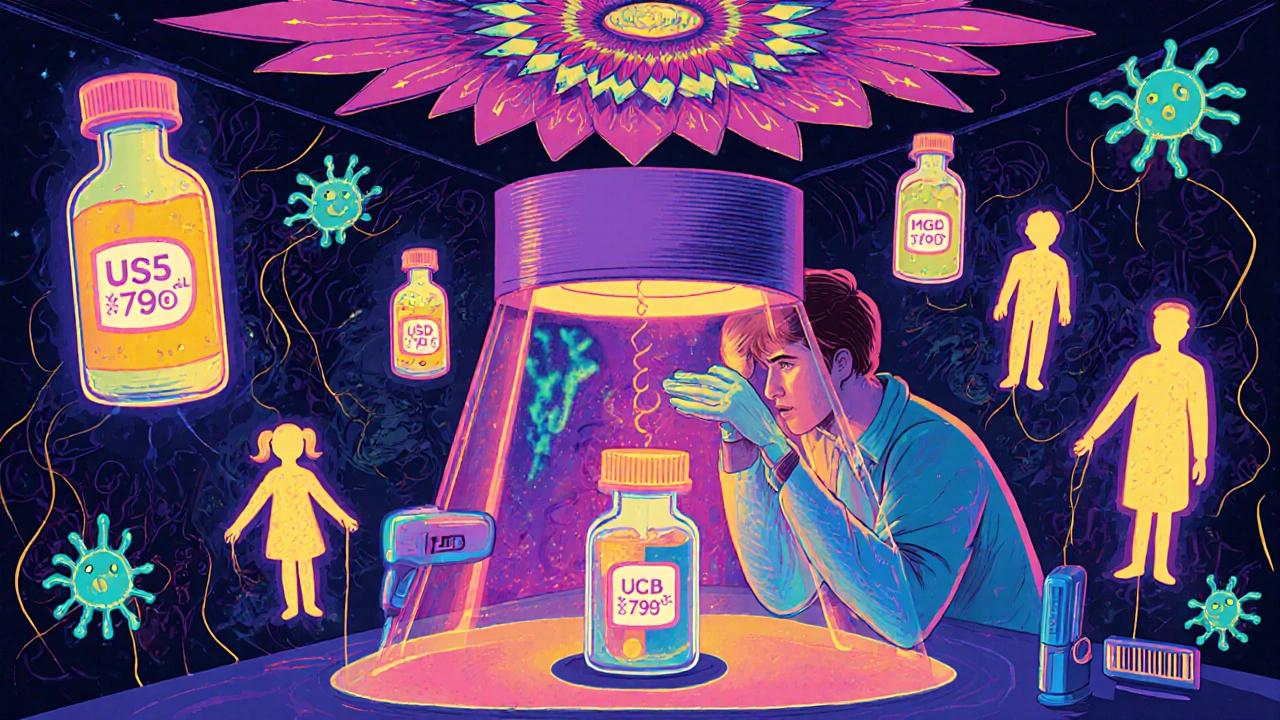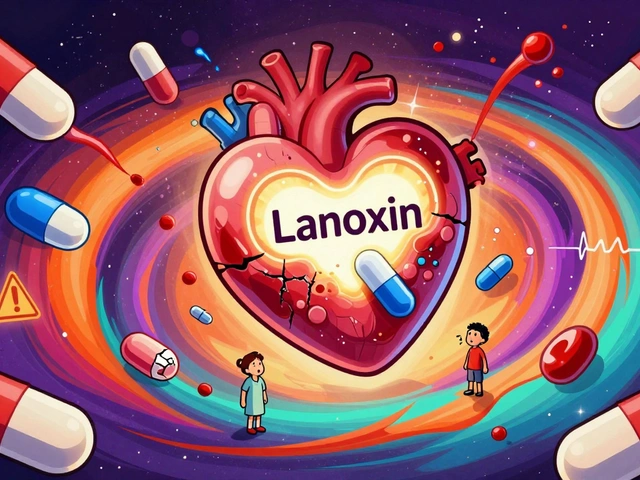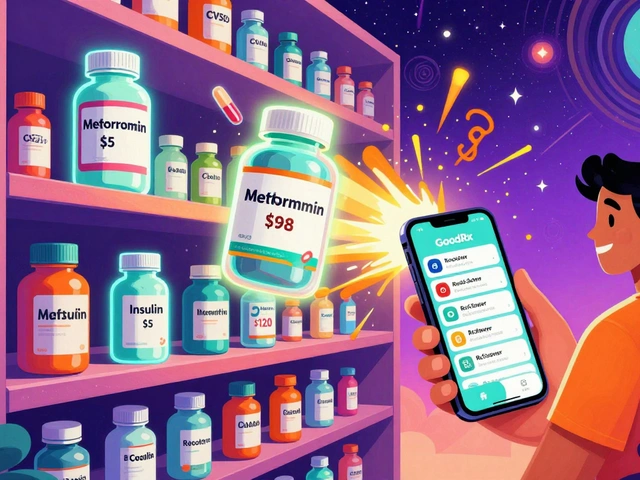USP <795>: What It Means for Compounding Pharmacies and Patient Safety
When a pharmacist mixes a custom dose of medication for a patient who can’t swallow a pill, they’re following USP <795>, a set of standards for nonsterile pharmaceutical compounding in the United States. Also known as USP Chapter <795>, it’s not just paperwork—it’s the rulebook that keeps patients safe when medications are made outside of factory production.
USP <795> covers everything from how clean the workspace needs to be, to what kind of equipment you can use, to how long a compounded drug stays stable. It doesn’t just apply to big pharmacies—it matters for small community pharmacies, vet clinics, and even hospitals that make custom creams, liquids, or capsules. Think of it like a recipe with strict safety rules: if you skip a step, you risk contamination, wrong dosing, or worse. This isn’t theoretical. There are real cases where poor compounding led to infections, allergic reactions, or treatment failure. USP <795> exists to stop those before they happen.
It’s not just about cleanliness. The standard also defines who can do the work, what training they need, how ingredients are verified, and how records are kept. It ties directly to other standards like USP <797>, the guidelines for sterile compounding, and pharmaceutical excipients, the inactive ingredients used to build the final product. You can’t understand one without the other. For example, if a pharmacist uses the wrong preservative in a cream (a USP <795> issue), it might affect how the active drug works—or even cause skin damage. That’s why the posts you’ll find here cover real cases: how to avoid contamination, how to test stability, how to train staff, and how to handle complaints from patients who get sick from compounded meds.
What you’ll see in the articles below isn’t theory. It’s what pharmacy teams actually deal with: how to set up a compounding area on a budget, how to respond to FDA inspections, how to choose the right containers, and why some ingredients just shouldn’t be mixed—even if they seem harmless. These aren’t abstract rules. They’re the difference between a patient getting better and ending up in the hospital. If you work in compounding, or if you rely on it, you need to know what USP <795> really means—and how to get it right every time.
How to Prevent Compounding Errors for Customized Medications: A Practical Guide for Pharmacists
Learn how to prevent deadly compounding errors in customized medications with proven protocols like dual verification, USP standards, and AI-assisted systems. Essential reading for pharmacists and pharmacy owners.





